Tokyo Art Scene: Drawing With Light
Paintings, Photography and Motion Picture
This list of art related events feature solo exhibitions of a photographer and a filmmaker, as well as a themed exhibit from the Tate with the theme "Light."
The word “photography” has its origins in the Greek language, meaning “drawing with light.” A photograph is the result of carefully framed and constructed capturing of light. While painters utilize their sight and imagination to recreate an image, photographers and filmmakers use cameras. In this week’s Tokyo Art Scene, we introduce three ongoing exhibitions that show the importance of “light” in art.
“Light: Works from the Tate Collection”
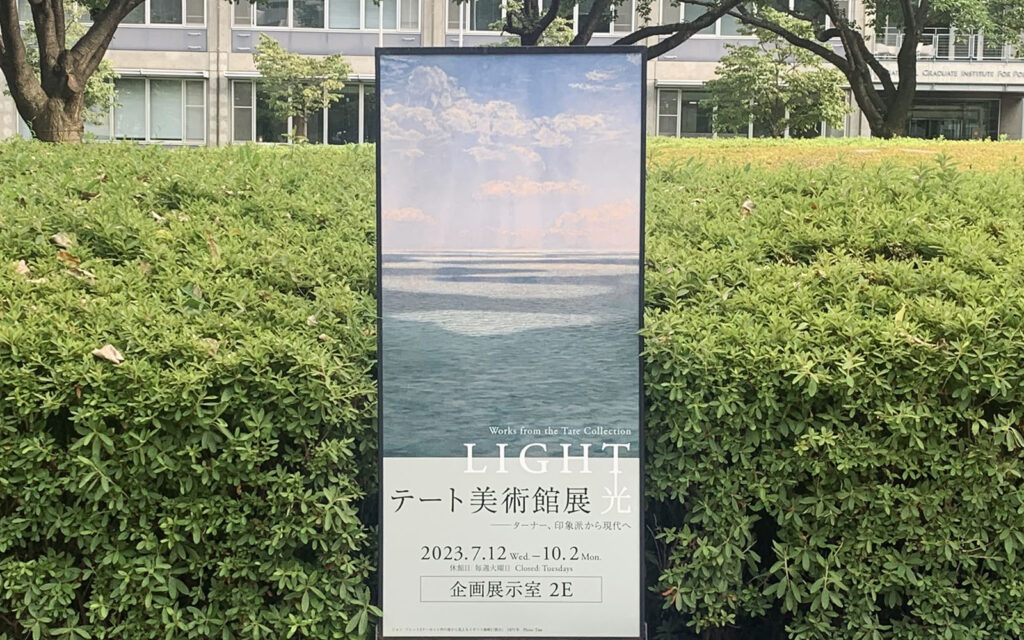 © Photo by Nadila
© Photo by NadilaIn visual arts, the role of light can be used for symbolic purposes. In religious paintings, light is often used to convey good and holiness while darkness portrays evil and sin. Light can also be utilized to create a setting or mood, such as the case with many Impressionist paintings which capture the realism of landscapes using natural light. Many contemporary artists utilize technology and electricity to generate illumination in their works, using light itself as an element to their work. The “Light” exhibition in The National Art Center, Tokyo explores this very subject matter.
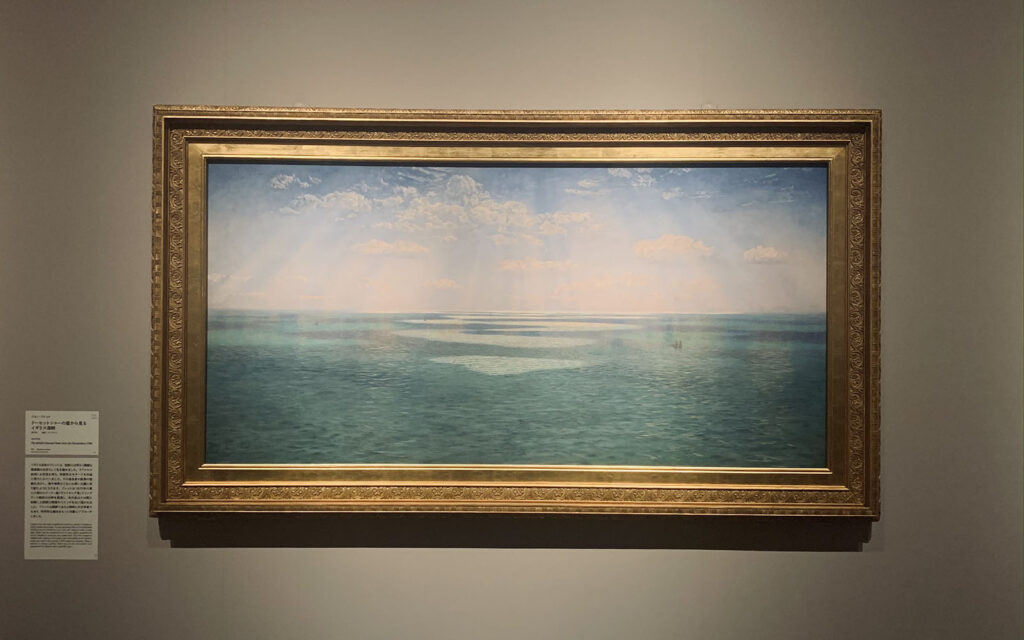 © Photo by Nadila
© Photo by NadilaThis exhibition is part of a collaboration with UK art institution Tate, and features a carefully selected collection of about 120 artworks ranging from paintings to large scale installations. The exhibit first takes its visitors on a tour of 18th-19th century paintings illustrating religious stories and realism, displaying works by renowned artists such as John Constable and Romanticism painter John Martin. Modern art pieces by Impressionist painters including Camile Pissarro and Claude Monet display the revolutionary use of natural light in visual arts.
 © Photo by Nadila
© Photo by NadilaHighlighted in this exhibit are contemporary works by artists such as Yayoi Kusama. Included are photography works, sculptures and large-scale installations. With the collection featuring works spanning centuries and various art mediums, the exhibition delves into the theme of “light” as a visual language and a tool for the arts.
- Date
- Now through Mon Oct. 2, 2023
- Time
- Daily except Tue. from 10 A.M. to 6 P.M. (until 8 P.M. on Fri. and Sat.)
- Location
- The National Art Center, Tokyo Special Exhibition Gallery 2E, 7-22-2 Roppongi, Minato - Map
- Fee
- ¥2,200 (Adults), ¥1,400 (University students), ¥1,000 (High school students), Free (Junior high-school students and under, persons with disabilities)
- Info
- Direct access from Nogizaka station, 5-minute walk from Roppongi station
“Saul Leiter: Origins in Color”
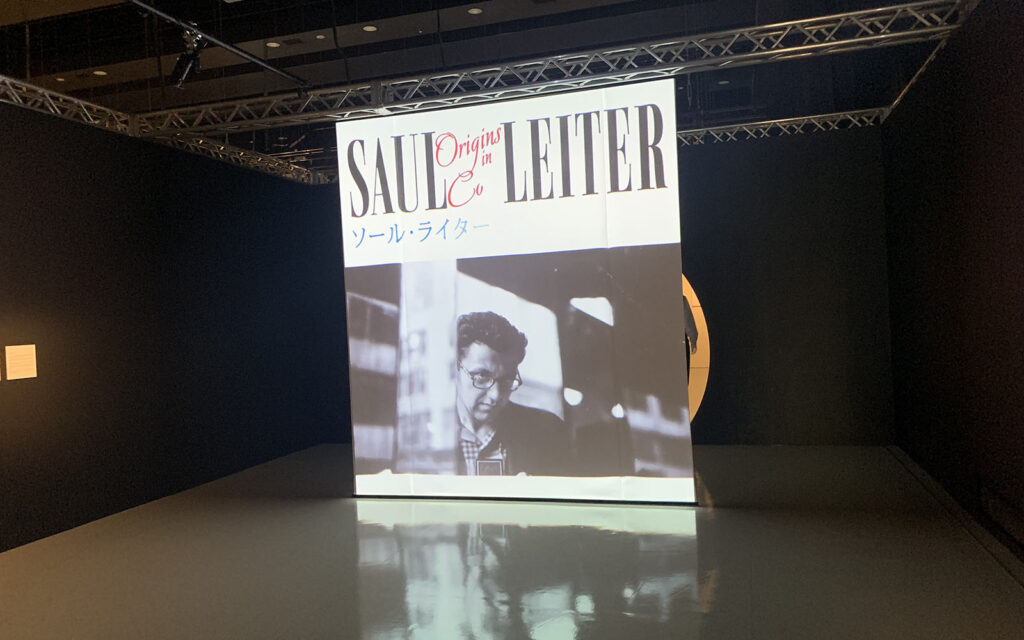 © Photo by Nadila
© Photo by NadilaSaul Leiter was considered one of the leading figures of color photography. First stepping into art as a painter, Leiter eventually picked up photography by the influence of his artist friends in New York. As both a photographer and painter, Leiter’s use of color and composition in his works makes him a pioneer in early color photography. To celebrate the 100th anniversary of the American artist, Bunkamura will be hosting a retrospective exhibition.
 © Photo by Nadila
© Photo by NadilaThe Pittsburgh-born artist finds beauty in the bustling New York City, which becomes the subject and the background to many of his photos. Leiter shot people and urban landscapes from inside of taxis and through foggy cafe windows. His style includes taking photos through reflective surfaces such as windows, which results in two or more images layering over each other.
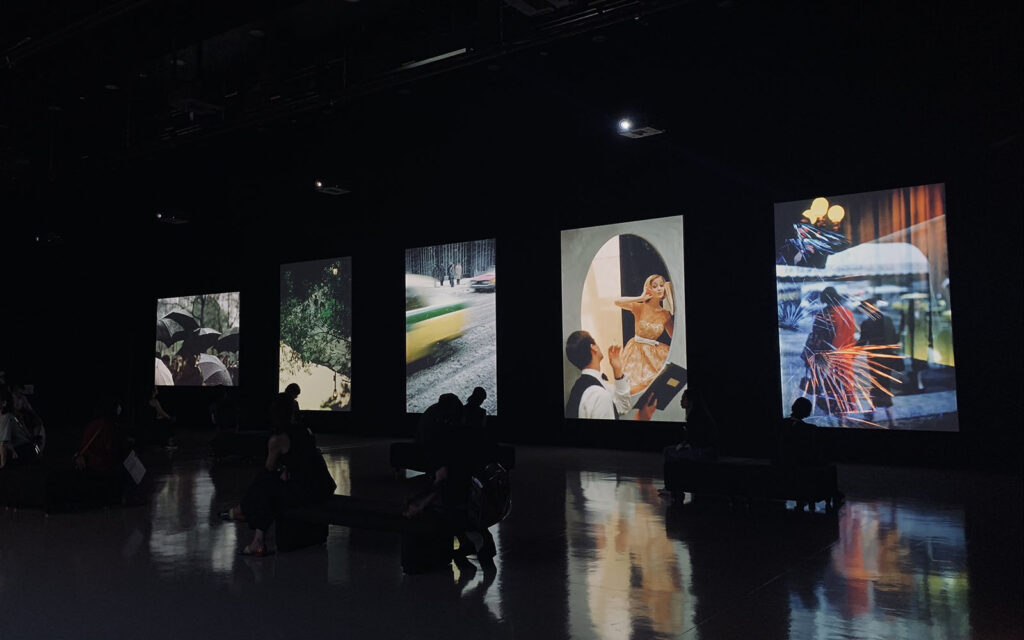 © Photo by Nadila
© Photo by NadilaBefore the camera, Leiter was more fond of brushes and colorful paint. Using mainly gouache and watercolor, Leiter painted an abstract clutter of colors influenced by French impressionism and the Japanese ukiyo-e or woodblock prints. His love for color is reflected in his painting works, and not long after, took influence over his photographs as well. This special exhibition under the title “Origins in Color” looks into Leiter’s growth as an artist and his influence in photography. Viewers have the opportunity to see printed photography works as well as large projected images in dark rooms.
- Date
- Now through Wed Aug. 23, 2023
- Time
- Daily from 11 A.M. to 8 P.M.
- Location
- Shibuya Hikarie 9F Hall A Hikarie Hall, 2-21-1 Shibuya - Map
- Fee
- ¥1,800 (Adults), ¥1,000 (University and high-school students), ¥700 (Junior-high and middle-school students)
- Info
- Direct access from Shibuya station
“Film Director Nagisa Oshima”
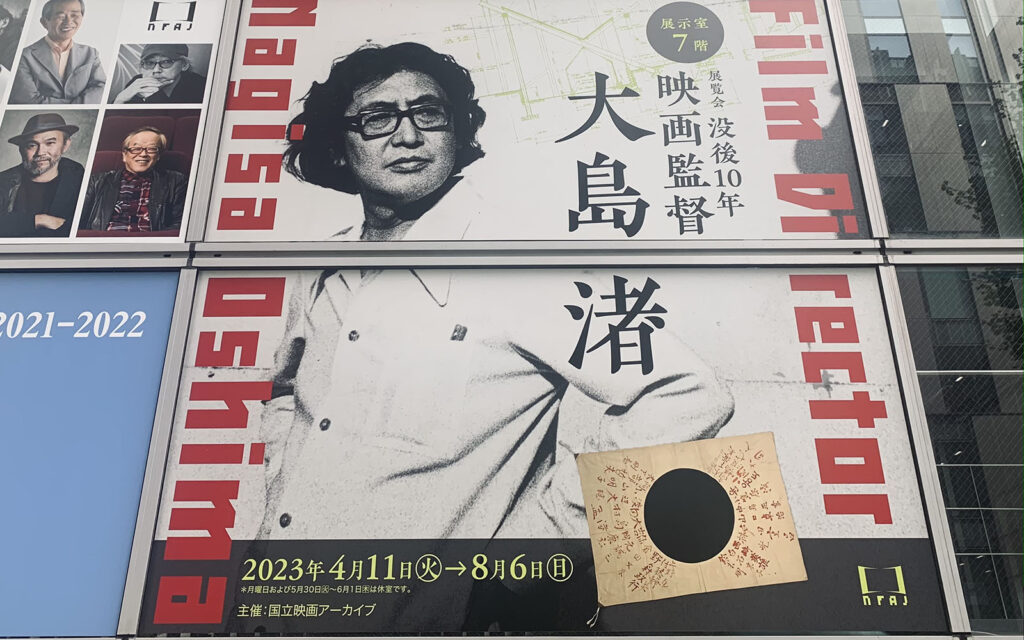 © Photo by Nadila
© Photo by NadilaNagisa Oshima remains until today a notable figure in Japanese cinema. Active throughout the second half of the 20th century, the Japanese New Wave filmmaker explored topics such as post-war Japan, Japanese youth and sexual radicalism. Some of his most notable works include Merry Christmas, Mr. Lawrence (1983), Death by Hanging (1968) and In the Realm of the Senses (1976). You can find his works still being screened in independent cinemas all over the world.
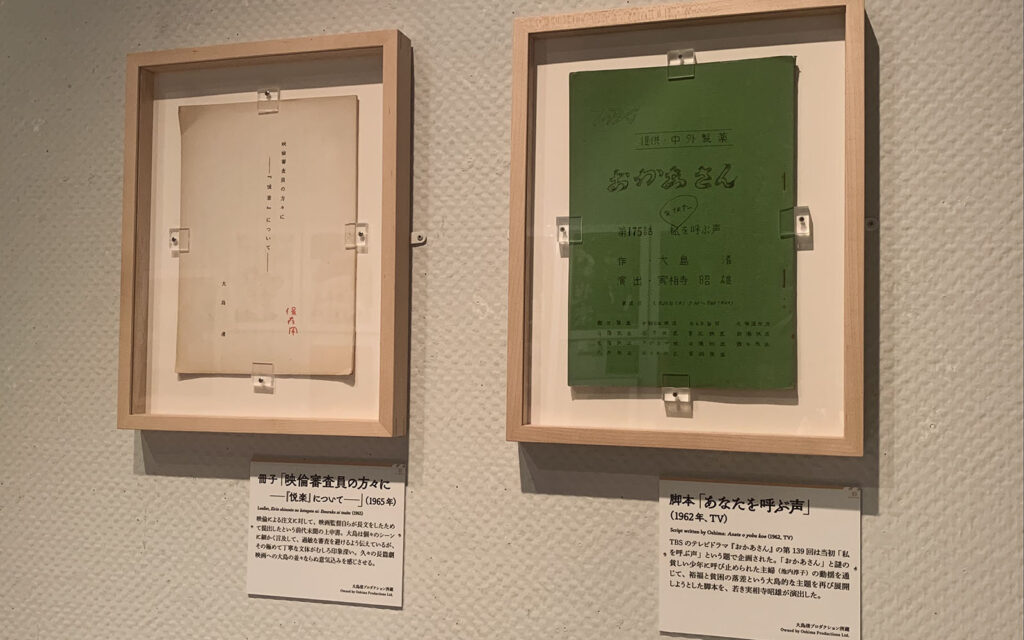 © Photo by Nadila
© Photo by NadilaThe National Film Archive of Japan is currently showing a special exhibit on the film director. The special exhibition, which is an extension of the institution’s permanent exhibit, showcases documents, photographs and items from Oshima’s movie productions. The exhibition is an in-depth look into Oshima’s creative process and the more formal processes of filmmaking including budgeting and pitching.
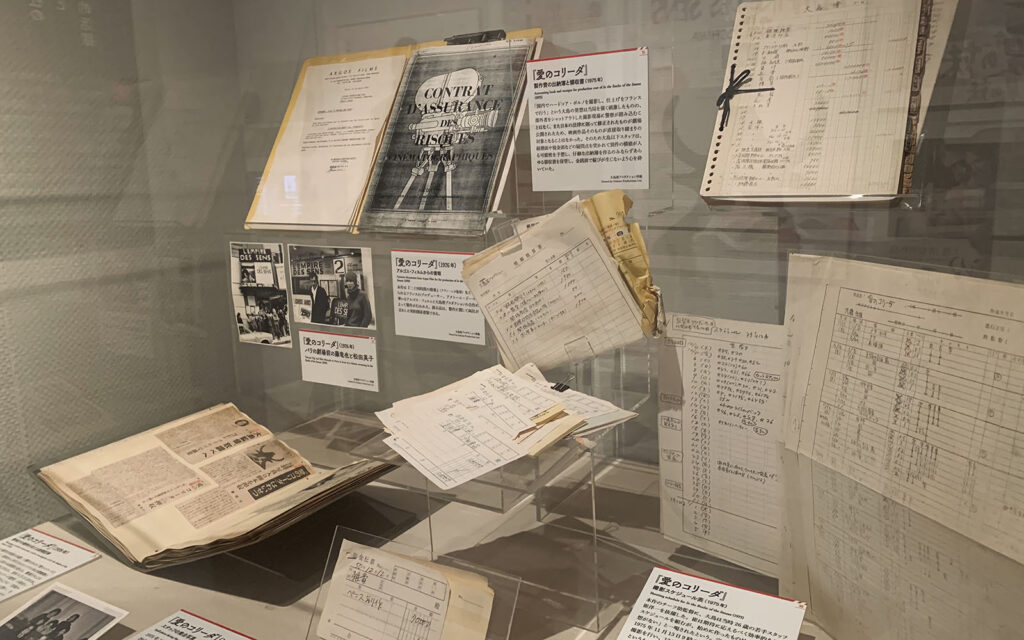 © Photo by Nadila
© Photo by NadilaMeanwhile, the permanent exhibit takes visitors through the history of Japanese cinema, with explanations available in multiple languages. With a collection of photographs and archival documents, the permanent exhibit is an educational experience. Please note that the Nagisa Oshima exhibition does not display English descriptions or translations.
- Date
- Now through Sun Aug. 6, 2023
- Time
- Daily except Mon. from 11 A.M. to 6:30 P.M.
- Location
- National Film Archive of Japan exhibition gallery 7F, 3-7-6 Kyobashi, Chuo - Map
- Fee
- ¥250 (Adults, ¥2,600 for pairs), ¥130 (University students), Free (Seniors over 65, high-school students and under, persons with disabilities)
- Info
- 1-minute walk from Kyobashi station, 1-minute walk from Asakusa station, 5-minute walk from Ginza-itchome station, 10-minute walk from Tokyo station
In the scorching summer heat, take refuge in cool museums while enjoying great art.














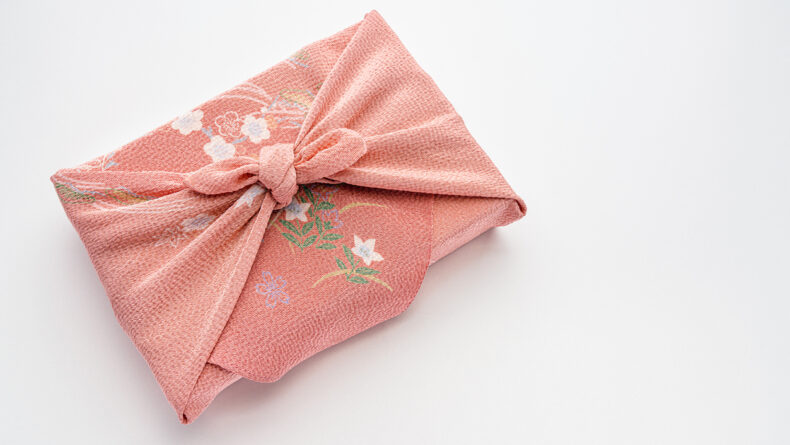

Leave a Reply